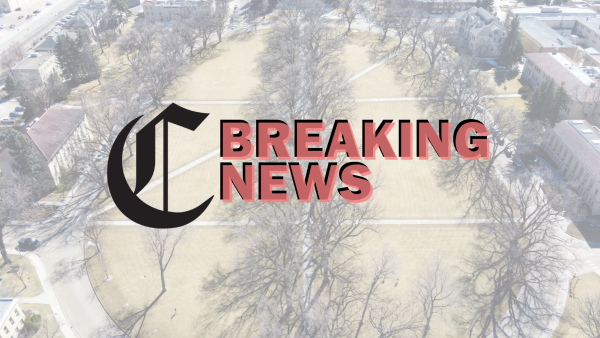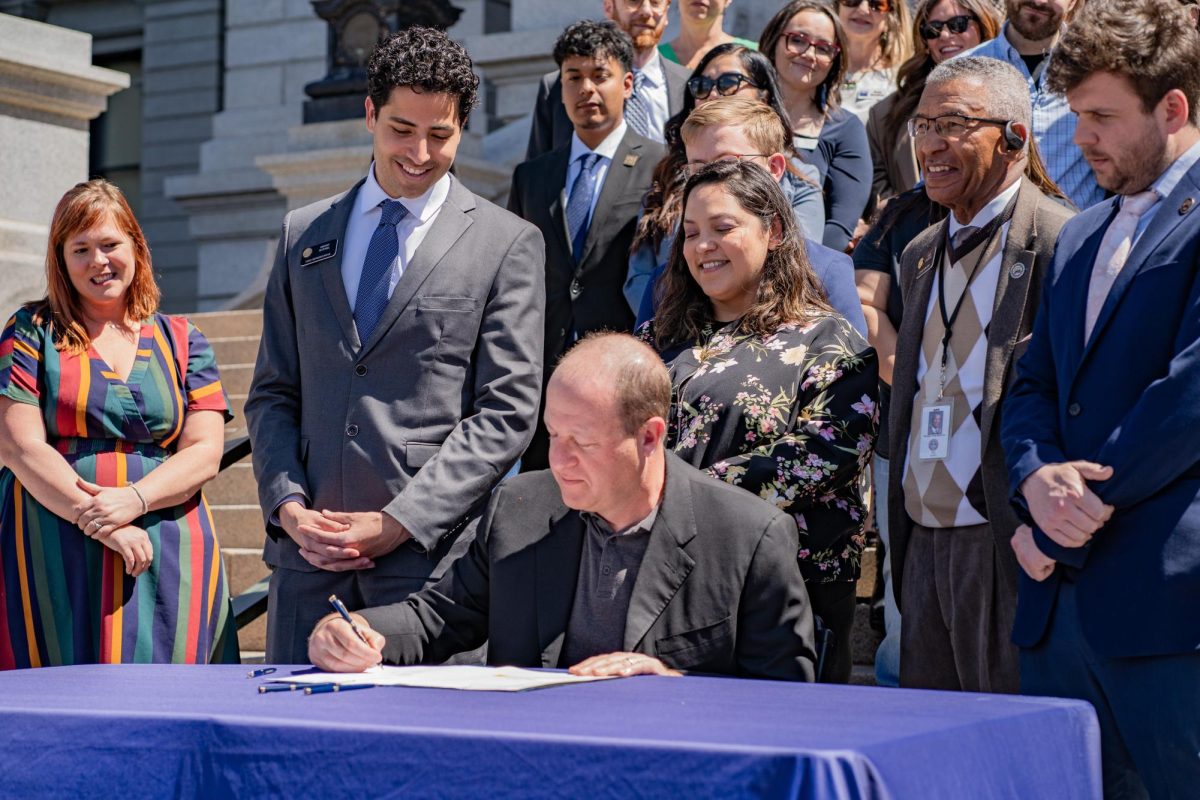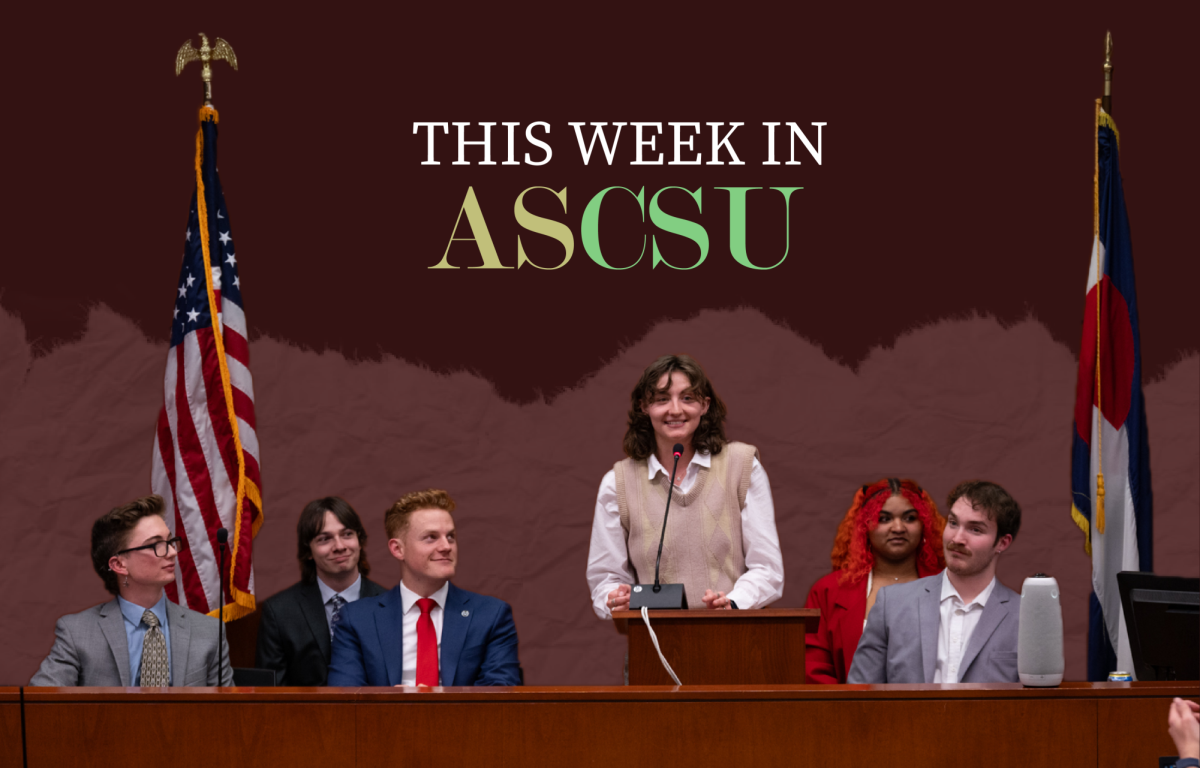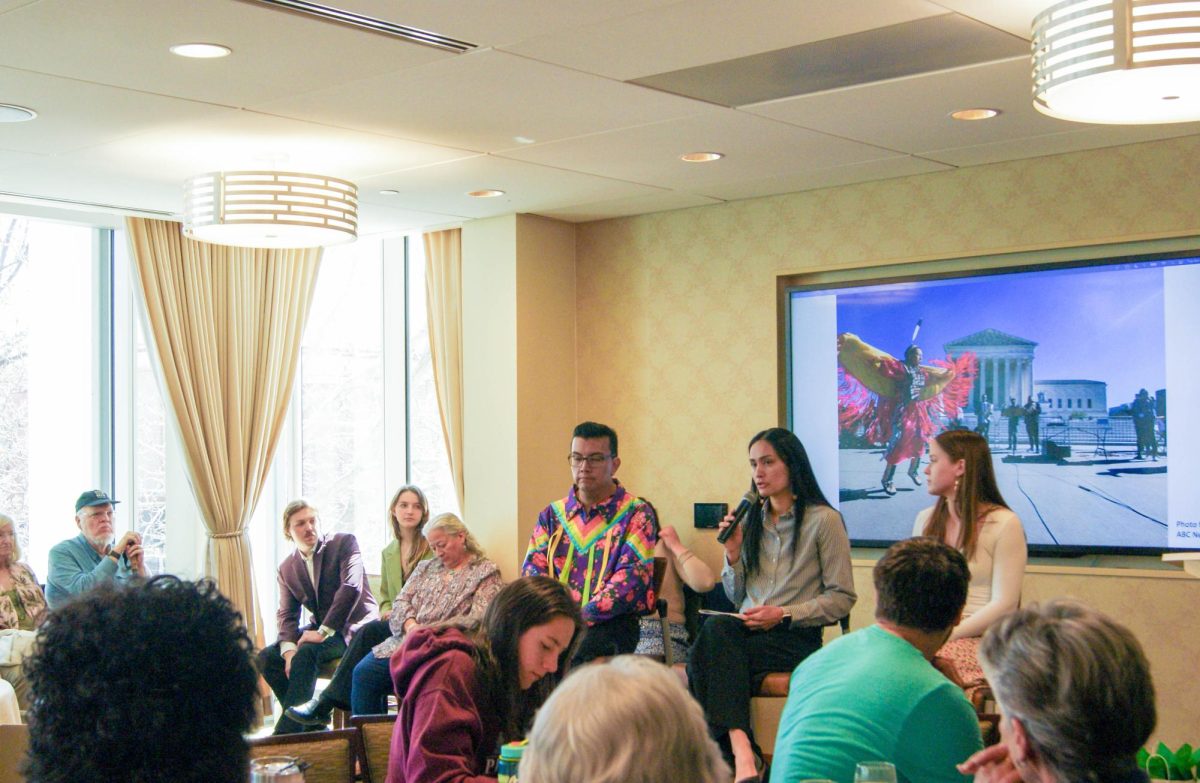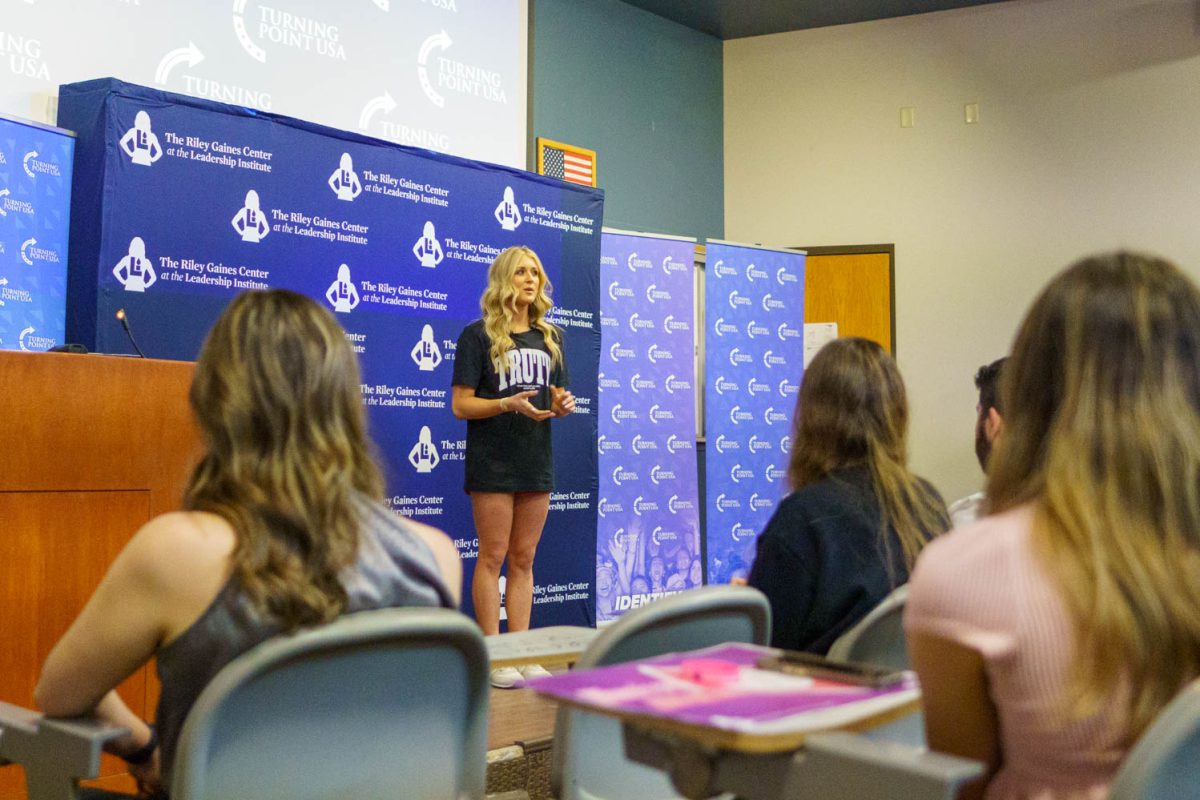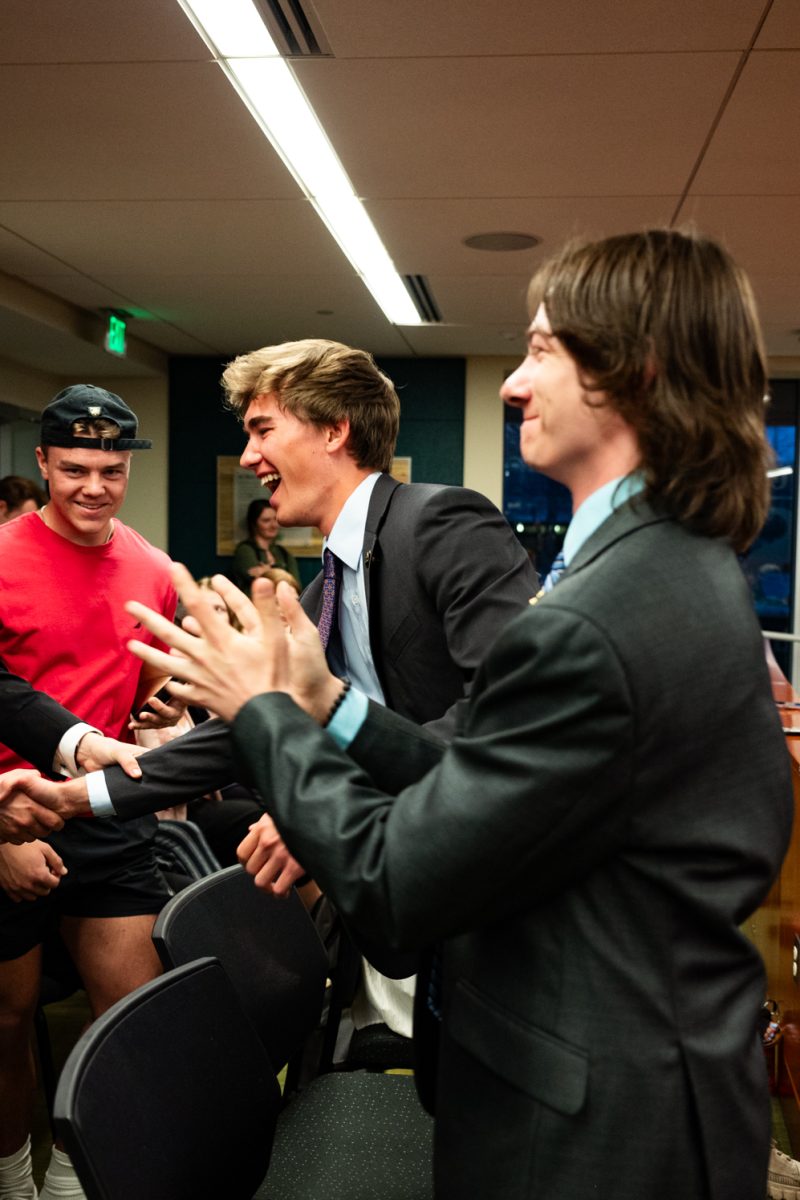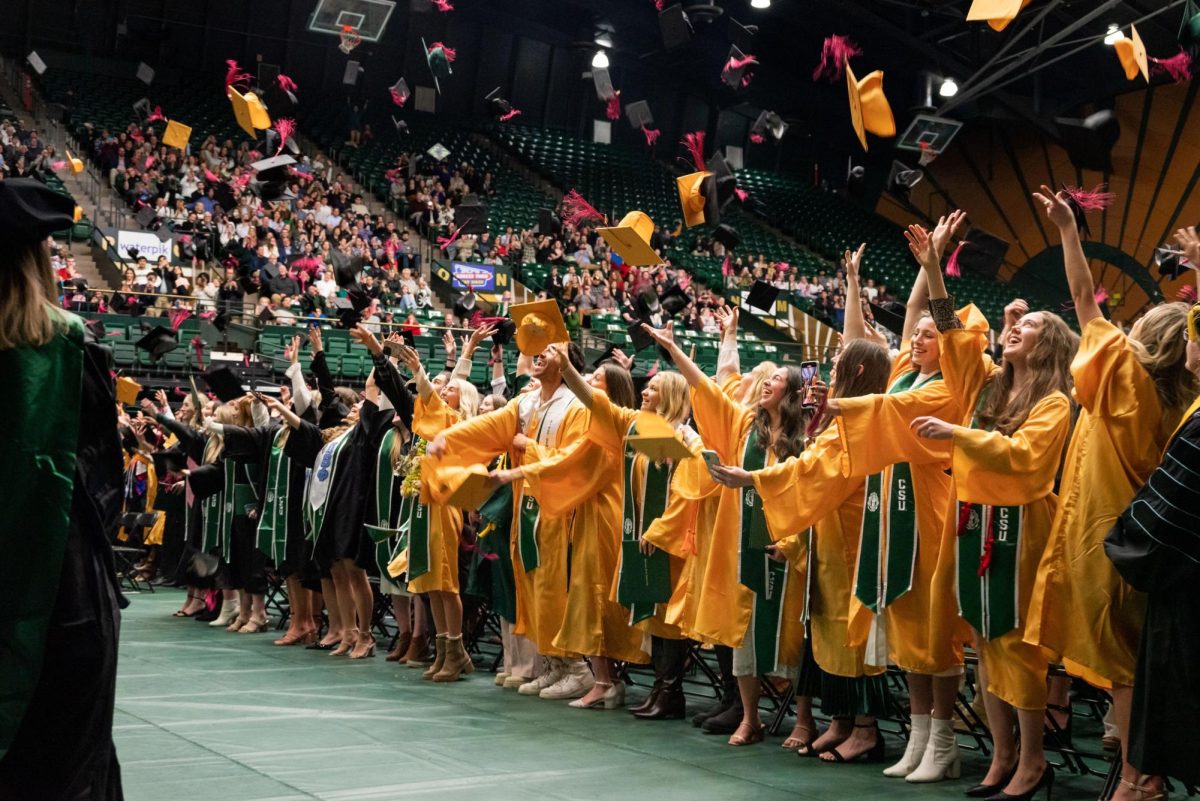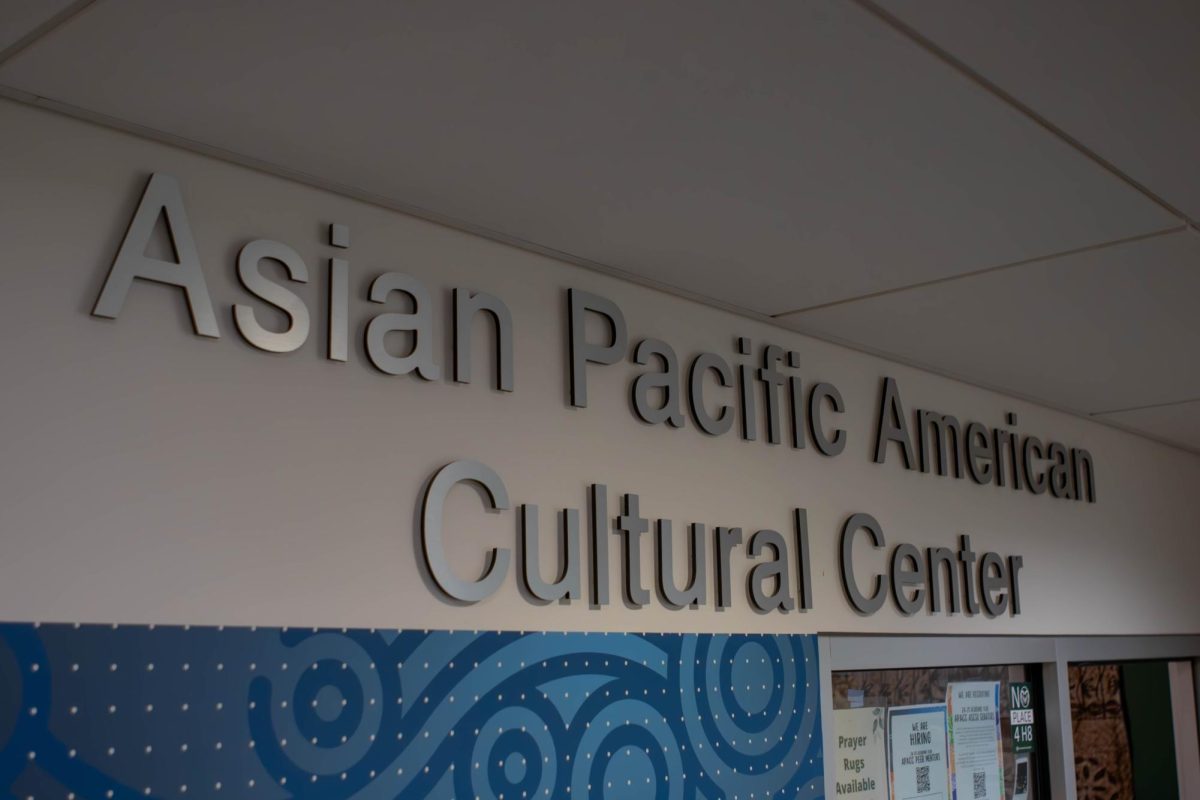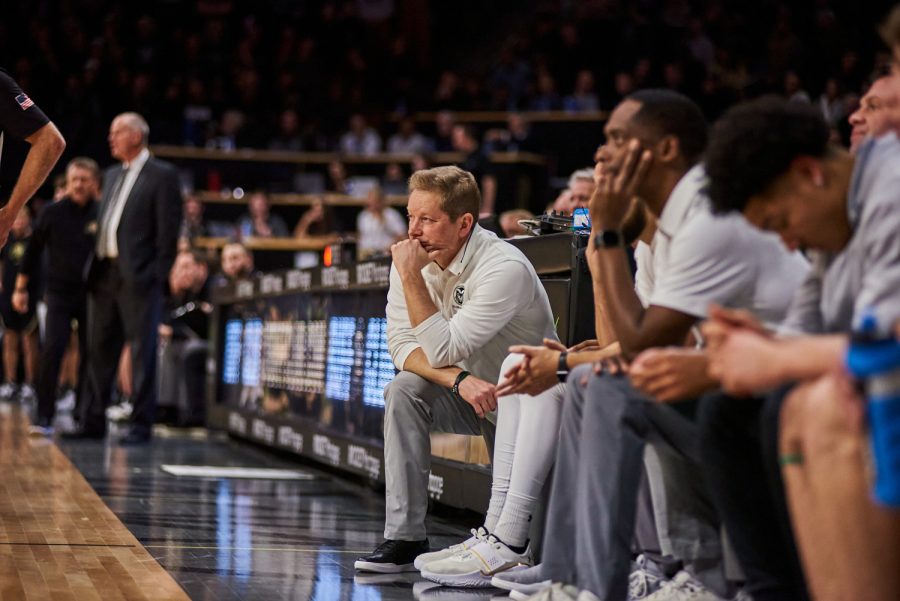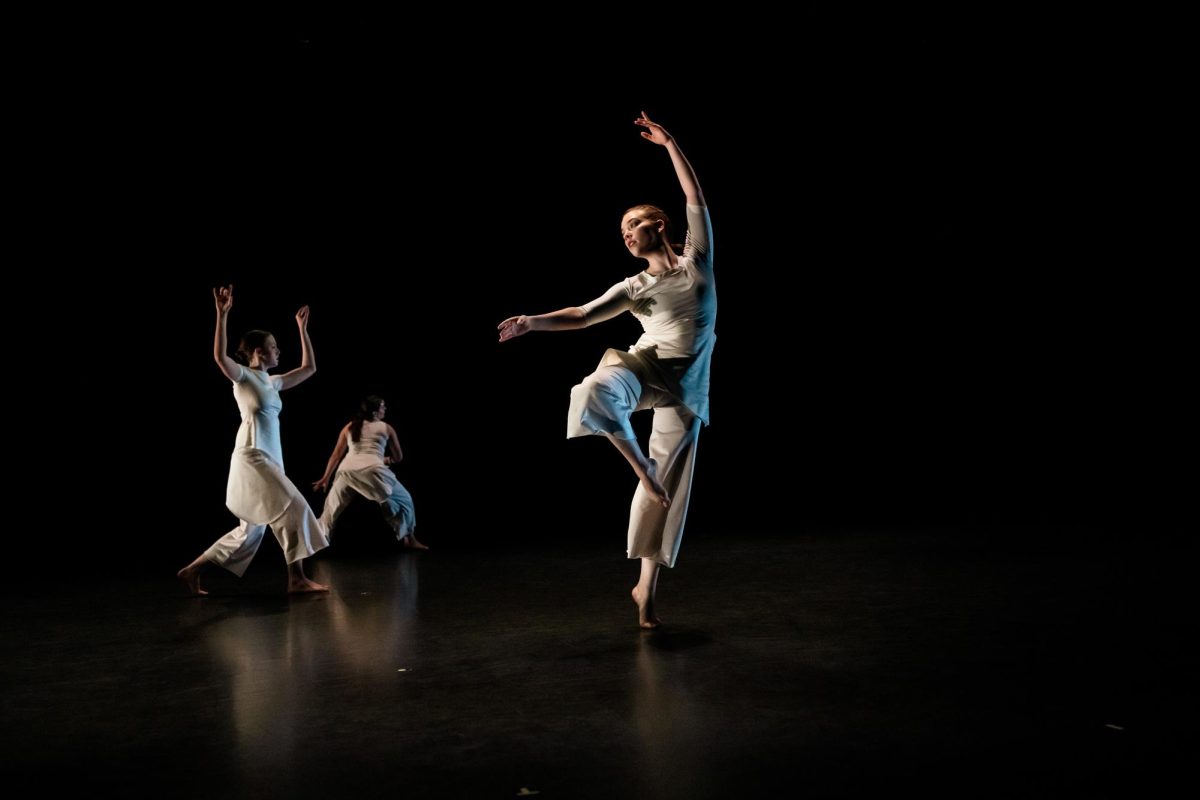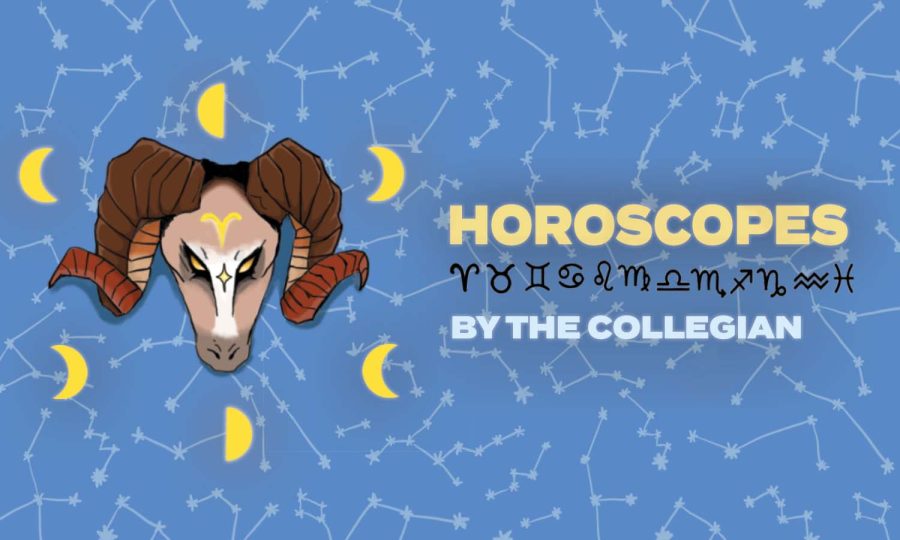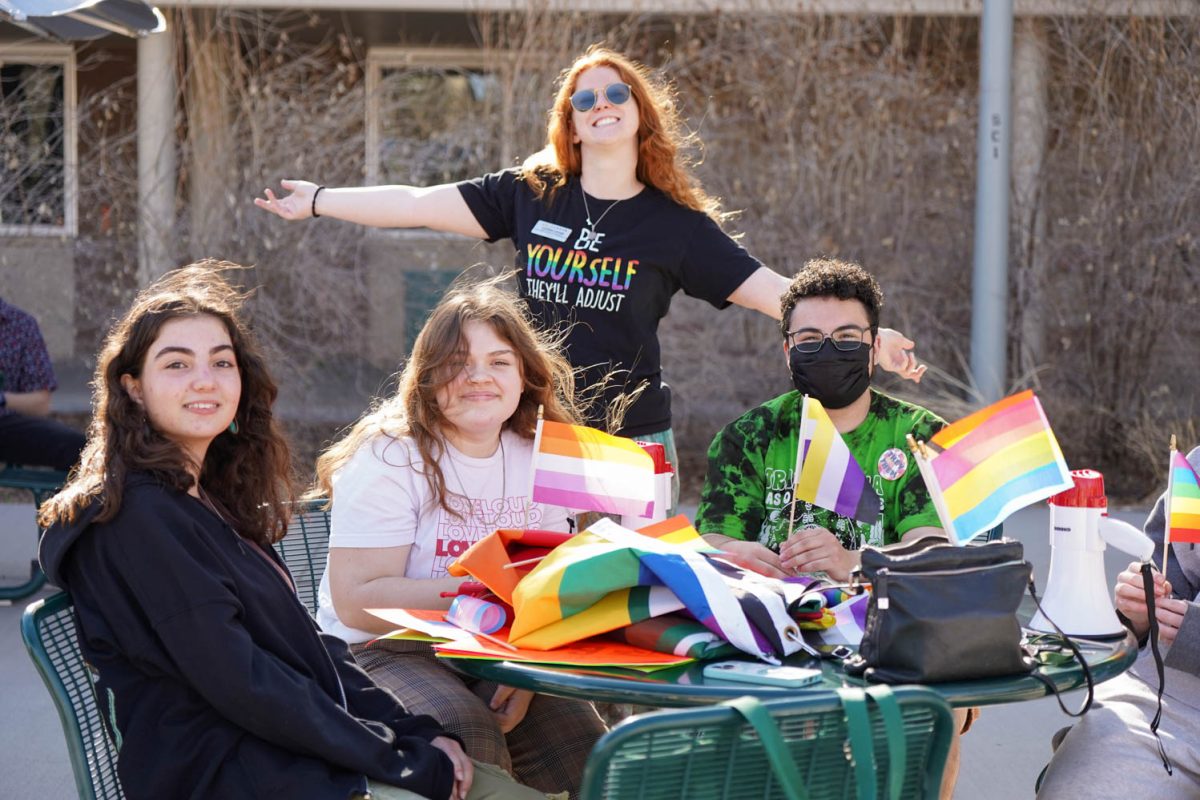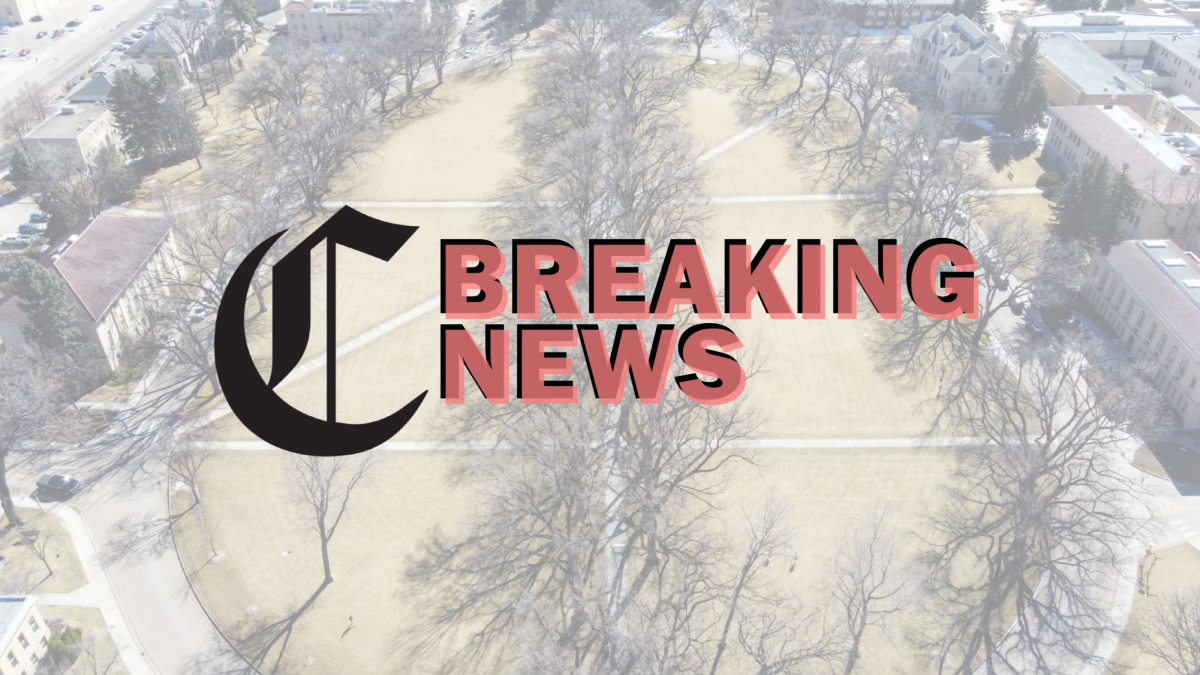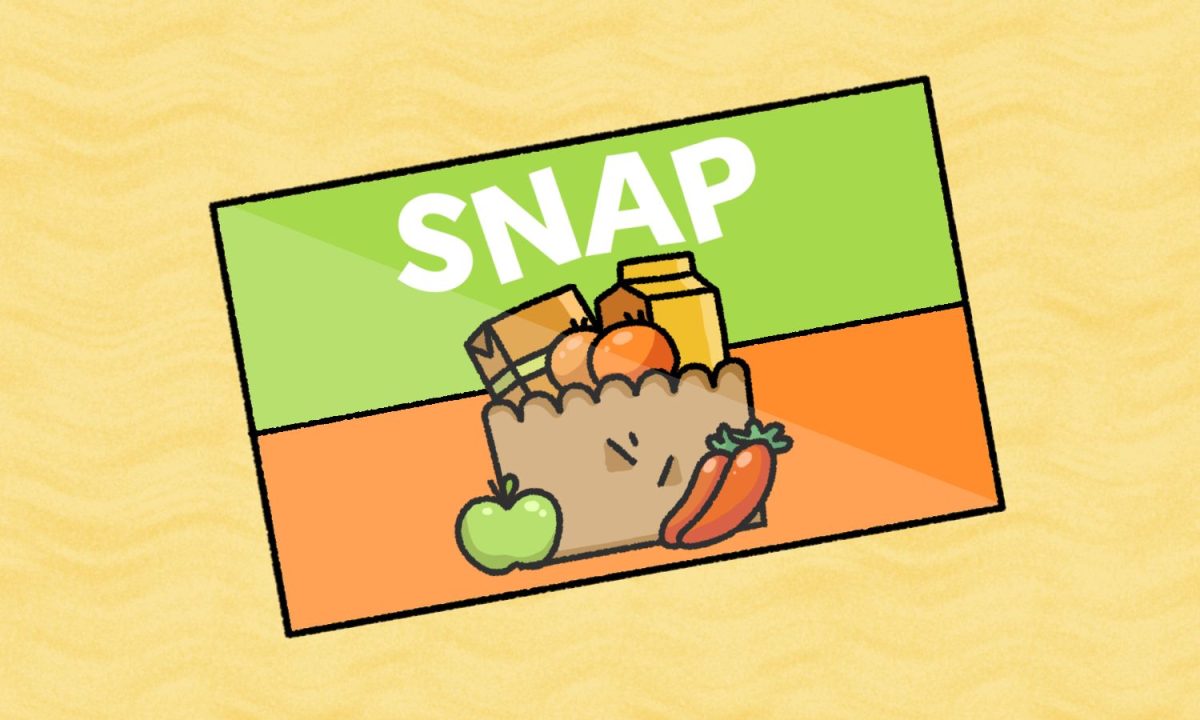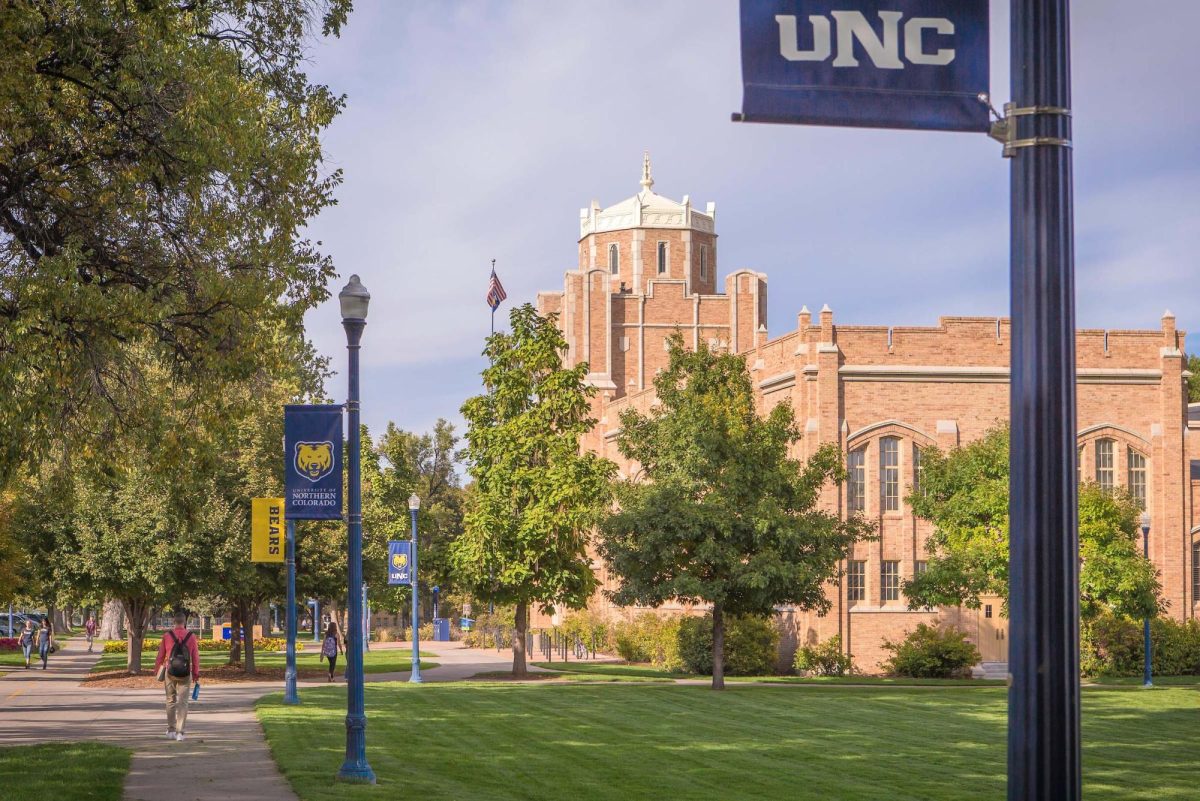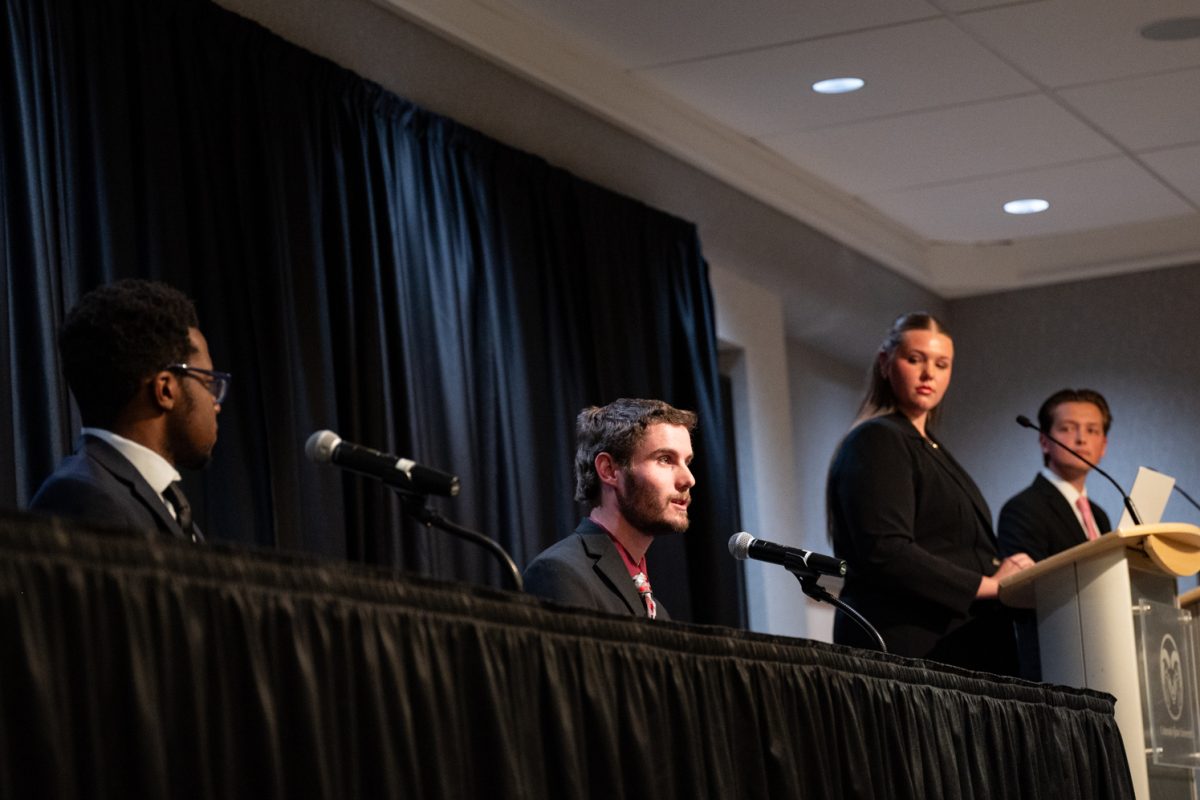
One year ago, Colorado State University students left campus to isolate from one another in the face of the looming COVID-19 pandemic.
During the year following the initial lockdown, campus seemed still and quiet, but inside the University’s research laboratories, operations did not screech to a halt like the outside world. CSU’s researchers and scientists put on their lab coats and got to work.
Ad
Since the start of the pandemic, CSU has received over $16 million for COVID-19 research and spent more than a record-breaking $400 million on subsequent endeavors. These research efforts encompass all aspects of a global pandemic, from food systems to mindfulness and forecasting virus spread but especially testing and vaccine candidates. Here is a look at a year of COVID-19 research from CSU’s steadfast scientists.
Testing
Rapid on-site COVID-19 testing of a student body numbering over 30,000 quickly became a necessity to reopen campus. Professor, Associate Dean for Research and Associate Director of CSU’s Prion Research Center Mark Zabel worked with a team of scientists to create a fast and efficient COVID-19 test that screens thousands of students weekly.

The test made its debut on its home campus in early October 2020 and has since become the primary testing method of CSU students, staff and faculty, according to the University COVID-19 screening website. The test offers a painless and easy way to detect the presence of the COVID-19 virus in a pool of several saliva samples as well as in wastewater samples from buildings across campus.
Zabel said his lab tests up to 3,000 samples daily and will be scaling up to 5,000 tests shortly. He said that the on-campus testing allows researchers to identify potential outbreaks before individuals can begin to spread the virus.
“This method has allowed CSU to remain open during the pandemic for at least partial live classes and for students to remain living on campus,” Zabel said.
Additionally, CSU’s Veterinary Diagnostic Laboratory secured certification last April to process human COVID-19 tests in partnership with the CSU Health and Medical Center. According to a SOURCE article from April 2020, the laboratory is not a testing site but has the capacity to add COVID-19 test processing to its normal workload. According to the article, it is committed to animal health but ready and willing to offer a helping hand in the community.
Vaccine candidates
A year ago, isolating and staying away from one another was the world’s best hope for reducing the spread of COVID-19. As the year dragged on, hopes were pinned on the development of a vaccine to end the pandemic. Much of CSU’s research funding was allocated to several research efforts focusing on vaccine candidates. Despite the emergency authorization of Pfizer and Moderna’s vaccines in December, several research efforts persevere on CSU’s campus.
“There is still room for improvement,” said Mary Jackson, professor in CSU’s department of microbiology, immunology and pathology.
Jackson, a tuberculosis expert, and her team are working on using the only approved tuberculosis vaccine, known as BCG, to produce novel vaccine candidates against COVID-19. Her lab is one of several in CSU’s microbiology department working to pursue a vaccine candidate over the course of the last year.
Ad

“We also learn about the strengths and weaknesses of existing vaccines and seek to improve them,” said Gregg Dean, a professor and the microbiology, immunology and pathology department head. “So second, third and fourth generation vaccines are often needed and may be essential to make a vaccine available globally.”
His lab is developing another vaccine candidate. Dean’s research focused on human rotavirus vaccines and feline coronavirus vaccines prior to the COVID-19 outbreak and was well positioned to pivot focus.
Another vaccine candidate associated with the University’s Infectious Disease Research Center is SolaVAX, which was recently approved for human clinical trials. This vaccine candidate creates an inactivated virus using UV light and riboflavin.
According to Dean and Jackson, developing vaccine candidates centers on making vaccines that can be easily stored and manufactured. The level of refrigeration of the approved vaccines poses an obstacle; it makes storage difficult and can be expensive to manufacture.
“Although vaccines are becoming available, it is important to have several options,” said Amy MacNeill, associate professor in the microbiology, immunology and pathology department.
These options also increase preparation in the face of the pandemic as new variants arise and begin to spread.
Community
The CSU research community was able to begin pandemic-related research right away.

“As it turned out, there was plenty of expertise already in place on campus to tackle the many challenges associated with COVID-19 when the pandemic started,” Jackson said.
Dean also said that CSU is a tier 1 research university and already had the facilities to perform this research.
“It is critical that all scientists with expertise in virology, immunology and epidemiology respond to pandemics quickly and collaborate to solve questions and problems associated with the disease,” MacNeill said.
A diversity of knowledge has played to the University’s strengths in science and accordingly allowed solutions to the pandemic to come about.
“We naturally felt compelled to come together and pull together our resources and expertise to address the ongoing COVID-19 crisis and do our very best to make a difference locally and globally,” Jackson said.
Noelle Mason can be reached at news@collegian.com or on Twitter @noellemaso.


